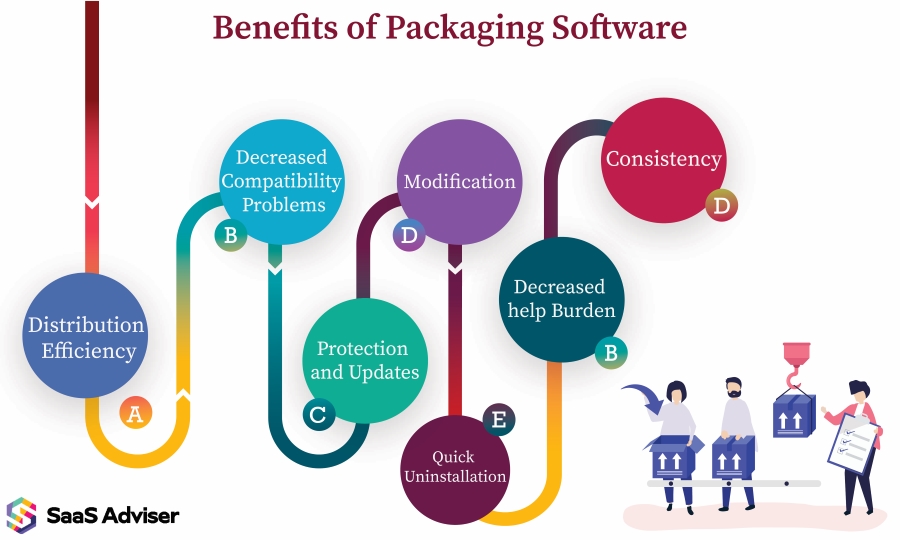Check How ZetesAtlas can help to automate Indian Business. Techimply provide their list of features, pricing, Free demo and Comparison with the best alternative
View ProfileBest Packaging Software
Check out the Best Packaging Software Listing on Techimply. We have a list of the best Packaging Software Selecting or switching to the perfect Packaging Software for your company involves deep business thoughtful research and analysis of the features and system capabilities that will best suit your business now and scale with you as you grow. Although there are many Packaging Software options selecting the one that aligns with your requirements becomes crucial. This guide will provide you with an in-depth understanding of Packaging Software and assist you in selecting the best one for your business.
List Of Best 20 Packing Software | Techimply India | Get Free Demo
Check How Strata Design 3D CX can help to automate Indian Business. Techimply provide their list of features, pricing, Free demo and Comparison with the best alternative
View ProfileCheck How Picador can help to automate Indian Business. Techimply provide their list of features, pricing, Free demo and Comparison with the best alternative
View ProfileCheck How SyncForce can help to automate Indian Business. Techimply provide their list of features, pricing, Free demo and Comparison with the best alternative
View ProfileCheck How Box It Now can help to automate Indian Business. Techimply provide their list of features, pricing, Free demo and Comparison with the best alternative
View ProfileCheck How BLUE Software can help to automate Indian Business. Techimply provide their list of features, pricing, Free demo and Comparison with the best alternative
View ProfileCheck How Boxshot 4 can help to automate Indian Business. Techimply provide their list of features, pricing, Free demo and Comparison with the best alternative
View ProfileCheck How Dieline Genius can help to automate Indian Business. Techimply provide their list of features, pricing, Free demo and Comparison with the best alternative
View ProfileCheck How BOXSOFT can help to automate Indian Business. Techimply provide their list of features, pricing, Free demo and Comparison with the best alternative
View ProfileCheck How Mobtrack can help to automate Indian Business. Techimply provide their list of features, pricing, Free demo and Comparison with the best alternative
View ProfileCheck How 4PACK can help to automate Indian Business. Techimply provide their list of features, pricing, Free demo and Comparison with the best alternative
View ProfileCheck How iC3D can help to automate Indian Business. Techimply provide their list of features, pricing, Free demo and Comparison with the best alternative
View ProfileCheck How Easeprint can help to automate Indian Business. Techimply provide their list of features, pricing, Free demo and Comparison with the best alternative
View ProfileCheck How ManageArtworks can help to automate Indian Business. Techimply provide their list of features, pricing, Free demo and Comparison with the best alternative
View ProfileCheck How TOPS Pro can help to automate Indian Business. Techimply provide their list of features, pricing, Free demo and Comparison with the best alternative
View ProfileCheck How WebCenter can help to automate Indian Business. Techimply provide their list of features, pricing, Free demo and Comparison with the best alternative
View ProfileCheck How SourceHUB can help to automate Indian Business. Techimply provide their list of features, pricing, Free demo and Comparison with the best alternative
View ProfileCheck How Artwork can help to automate Indian Business. Techimply provide their list of features, pricing, Free demo and Comparison with the best alternative
View ProfileCheck How EngView Package & Display Designer Suite can help to automate Indian Business. Techimply provide their list of features, pricing, Free demo and Comparison with the best alternative
View ProfileCheck How PACKLY can help to automate Indian Business. Techimply provide their list of features, pricing, Free demo and Comparison with the best alternative
View Profile

Frequently Asked Questions (FAQs)
Packaging Software refers to the process of grouping together all necessary components of a software, including code, libraries, and resources, into one consolidated package. These packages can be easily installed, upgraded, or removed by a package manager in the operating system.
Packaging Software is critical as it simplifies the distribution and installation of software. It ensures that the software has all its dependencies and can run properly in the intended environment.
Examples of packaging software include RPM (RPM Package Manager) in RedHat-based distributions and DEB in Debian-based distributions for Linux. For Windows, MSI (Microsoft Installer) is typically used.
Packaging Software works by bundling the software application, its dependencies, metadata such as version number, and installation scripts into a single file. This file can be easily distributed and installed onto the target system using a package manager.
Yes, you can create your own packages using tools such as RPM or DEB. However, it requires a thorough understanding of the packaging process and best practices to ensure compatibility with different systems and smooth installation.


 0.0
0.0























